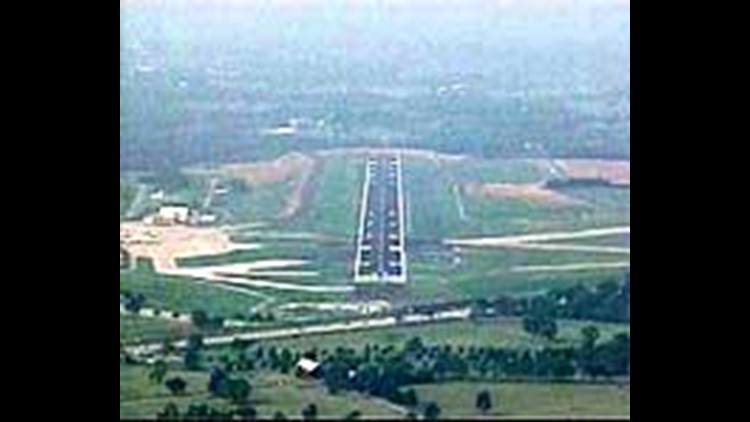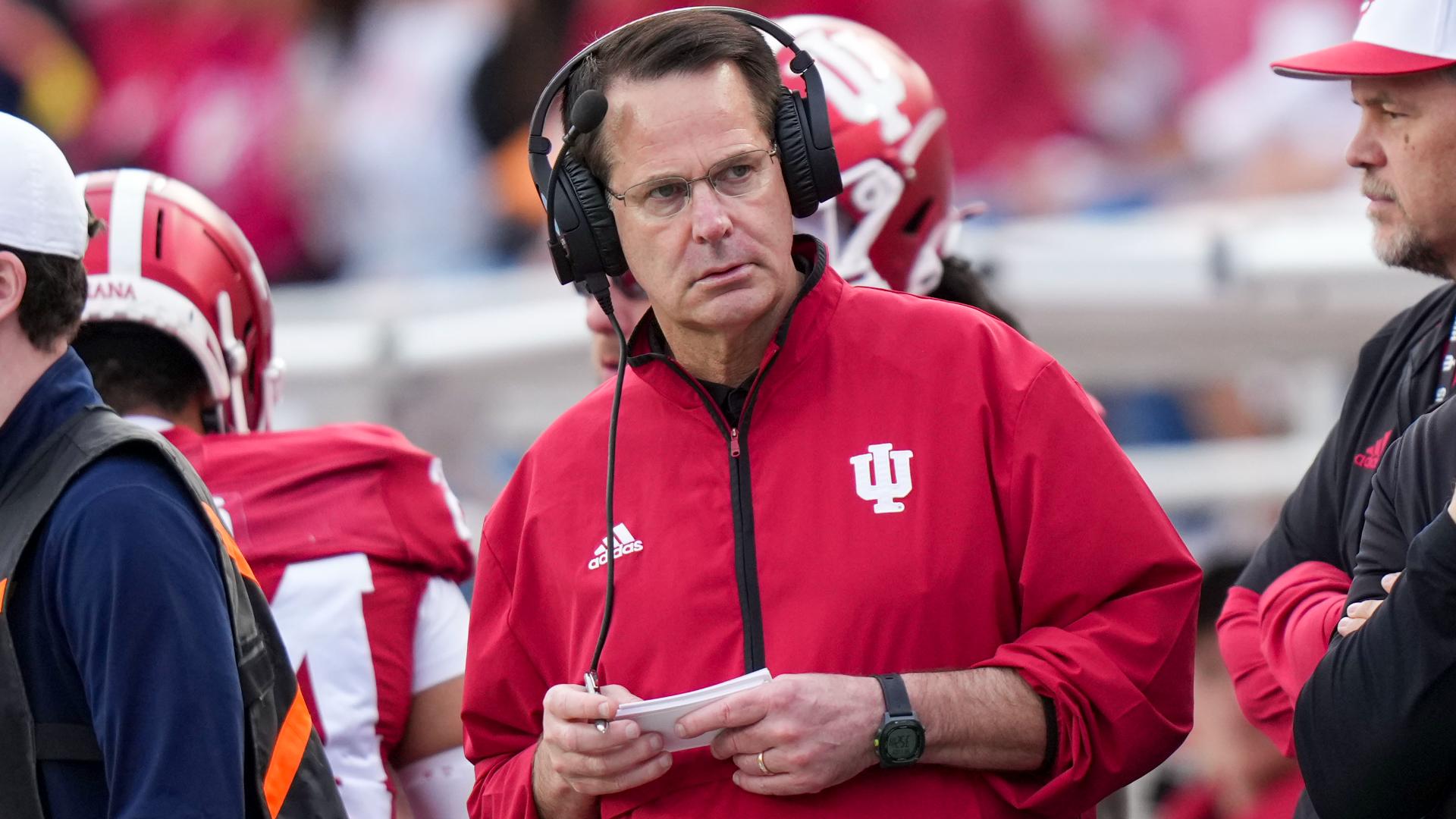Lexington, Kentucky - Investigators probing the fiery crash of Comair Flight 5191 want to know why it tried to take off from a runway considered far too short for commercial passenger planes. All but one of the 50 people aboard died.
Although Blue Grass Airport's main runway is 7,000 feet, for some reason the plane departed Sunday from the 3,500-foot general aviation runway. The twin-engine CRJ-100 would have needed 5,000 feet to fully get off the ground, aviation experts said.
There also were clues for the pilot: Signs marking the right way. Less lighting. And severely cracked concrete, not the type of surface typically found on runways for commercial routes.
Left now are only scuff marks on the wrong runway and the wreckage of a plane scattered into pieces across a field about a mile away from the airport.
"We are absolutely, totally committed to doing everything humanly possible to determine the cause of this accident," Comair President Don Bornhorst said Sunday, following the worst American plane disaster in nearly five years.
Bornhorst said maintenance for the plane was up to date and its three-member flight crew was experienced and had been flying the plane for some time. Both of the plane's flight recorders were being reviewed.
Amid the devastation and lost lives, there was one story of heroism: Police Officer Bryan Jared reached into the broken cockpit and burned his arms as he pulled out James M. Polehinke, the plane's first officer. Polehinke, the only survivor, was listed in critical condition at University of Kentucky Hospital.
A light rain was falling Sunday when the plane taxied away from the main runway, which had been repaved last week. The Atlanta-bound plane plowed through a perimeter fence and crashed in a field less than a mile from the shorter runway.
It's rare for a plane to get on the wrong runway, but "sometimes with the intersecting runways, pilots go down the wrong one," said Saint Louis University aerospace professor emeritus Paul Czysz.
The crash marks the end of what has been called the "safest period in aviation history" in the United States. There has not been a major crash since November 12, 2001, when American Airlines Flight 587 plunged into a residential neighborhood in New York City, killing 265 people, including five on the ground.
Aerial images of the latest crash site in the rolling hills of Kentucky's horse country showed trees damaged at the end of the short runway and the nose of the plane almost parallel to the small strip.
When rescuers reached it, the plane was largely intact but in flames. "They were taking off, so I'm sure they had a lot of fuel on board," Fayette County Coroner Gary Ginn said. "Most of the injuries are going to be due to fire-related deaths."
Those killed included a newlywed couple starting their honeymoon, a director of Habitat for Humanity International, and a Florida man who had caught an early flight home to be with his children.
Most of the passengers aboard the flight had planned to connect to other flights in Atlanta and did not have family waiting for them, said the Rev. Harold Boyce, a volunteer chaplain at the airport.
The crew members who died were Captain Jeffrey Clay, who was hired by Erlanger, Kentucky-based Comair in 1999, and flight attendant Kelly Heyer, hired in 2004. Polehinke has been with Comair since 2002.
The plane had undergone routine maintenance as recently as Saturday and had 14,500 flight hours, "consistent with aircraft of that age," Bornhorst said.
Investigators from the FAA and NTSB were at the scene, and Bornhorst said the airline was working to contact relatives of the passengers.
Governor Ernie Fletcher, in Germany for the World Equestrian Games and an economic development trip, was due to return to Kentucky on Monday afternoon, spokeswoman Jodi Whitaker said.
Jon Hooker, a former minor-league baseball player, and Scarlett Parsley had wed the night before the crash in a fairy-tale ceremony complete with a horse-drawn carriage and 300 friends.
"It's so tragic because he was so happy last night," said Keith Madison, who coached Hooker's baseball team at the University of Kentucky and attended the wedding. "It's just an incredible turn of events. It's really painful."
Pat Smith, a member of Habitat for Humanity International's Board of Directors, died on his way to Gulfport, Mississippi, to work on rebuilding houses, Habitat spokesman Duane Bates said.
Another passenger, Charles Lykins of Naples, Florida, caught an early flight Sunday so he could get home to his two young children after visiting friends and family in the Lexington area, said friend Paul Richardson.
(Copyright 2006 Associated Press. All rights reserved. This material may not be published, broadcast, rewritten, or redistributed.)



